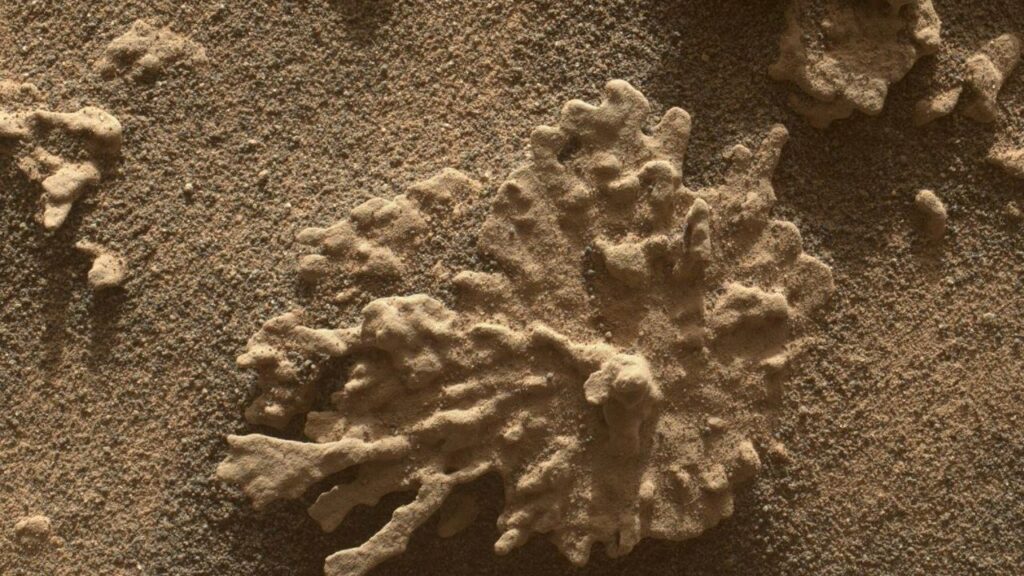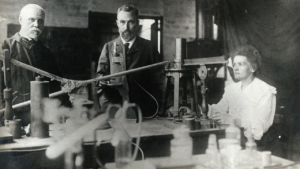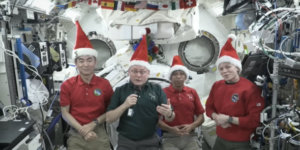
NASA’s Curiosity rover has reached a significant milestone, celebrating 13 years on the surface of Mars. Since its landing in Gale Crater on August 6, 2012, the rover has traveled over 22 miles (35 kilometers), unearthing vital information about the Martian landscape and its ancient environment. Notably, Curiosity has provided evidence suggesting that Mars once had conditions suitable for microbial life, including liquid water and a thicker atmosphere.
Despite experiencing wear and tear, including mechanical issues and damaged wheels, engineers continue to enhance Curiosity’s capabilities. Recent software upgrades have increased the rover’s autonomy, allowing it to multitask and conserve energy by taking early naps after completing its daily operations. This development helps to extend its mission, as the rover relies on a multi-mission radioisotope thermoelectric generator (MMRTG) that produces less energy over time due to the decay of plutonium.
Innovative Engineering Keeps Curiosity Active
The team at NASA’s Jet Propulsion Laboratory in California has implemented creative solutions to maximize the rover’s efficiency. By combining tasks such as driving, taking images, and transmitting data, engineers have successfully shortened the daily operational plans. This optimization reduces the time that instruments and heaters need to remain active, thereby conserving precious energy.
Curiosity can now autonomously enter sleep mode once it completes its tasks, rather than idling while awaiting new commands. Even minor time savings of 10 to 20 minutes each day can accumulate, significantly extending the rover’s operational lifespan.
Reidar Larsen, a flight systems engineer, remarked, “We were more like cautious parents earlier in the mission. It’s as if our teenage rover is maturing, and we’re trusting it to take on more responsibility.”
Exciting Discoveries on the Red Planet
Alongside technological advancements, Curiosity has made intriguing discoveries, including a rock formation that resembles coral. Nicknamed “Paposo,” this formation, photographed on July 24, 2025, measures approximately two inches (five centimeters) wide. It likely formed during a wetter period in Mars’ history when mineral-rich water seeped into cracks in the rock, leaving behind hardened deposits shaped by erosion over billions of years.
Currently, Curiosity is exploring an area known for its “boxwork formations,” which are networks of ridges thought to have developed underground through ancient water activity. These geological features are found on the lower slopes of Mount Sharp, a three-mile-high (five-kilometer-high) mountain that Curiosity has been ascending for several years.
According to NASA, Curiosity remains in good health, supported by its robust engineering and adaptive strategies. The agency stated, “Together, these measures are doing their job to keep Curiosity as busy as ever.” As the rover continues its exploration of the Martian surface, it not only advances our understanding of the planet’s history but also showcases the ingenuity of modern engineering in space exploration.







